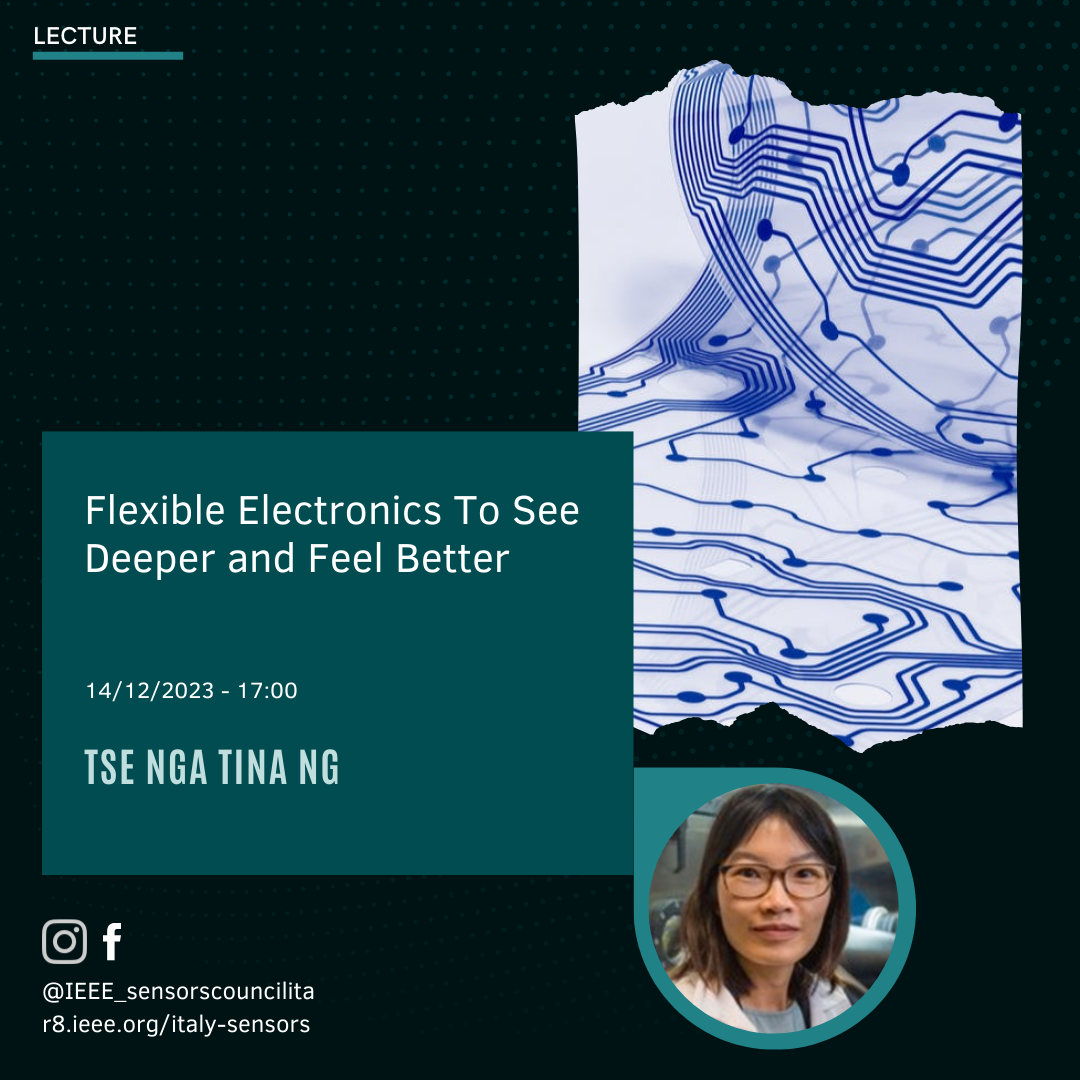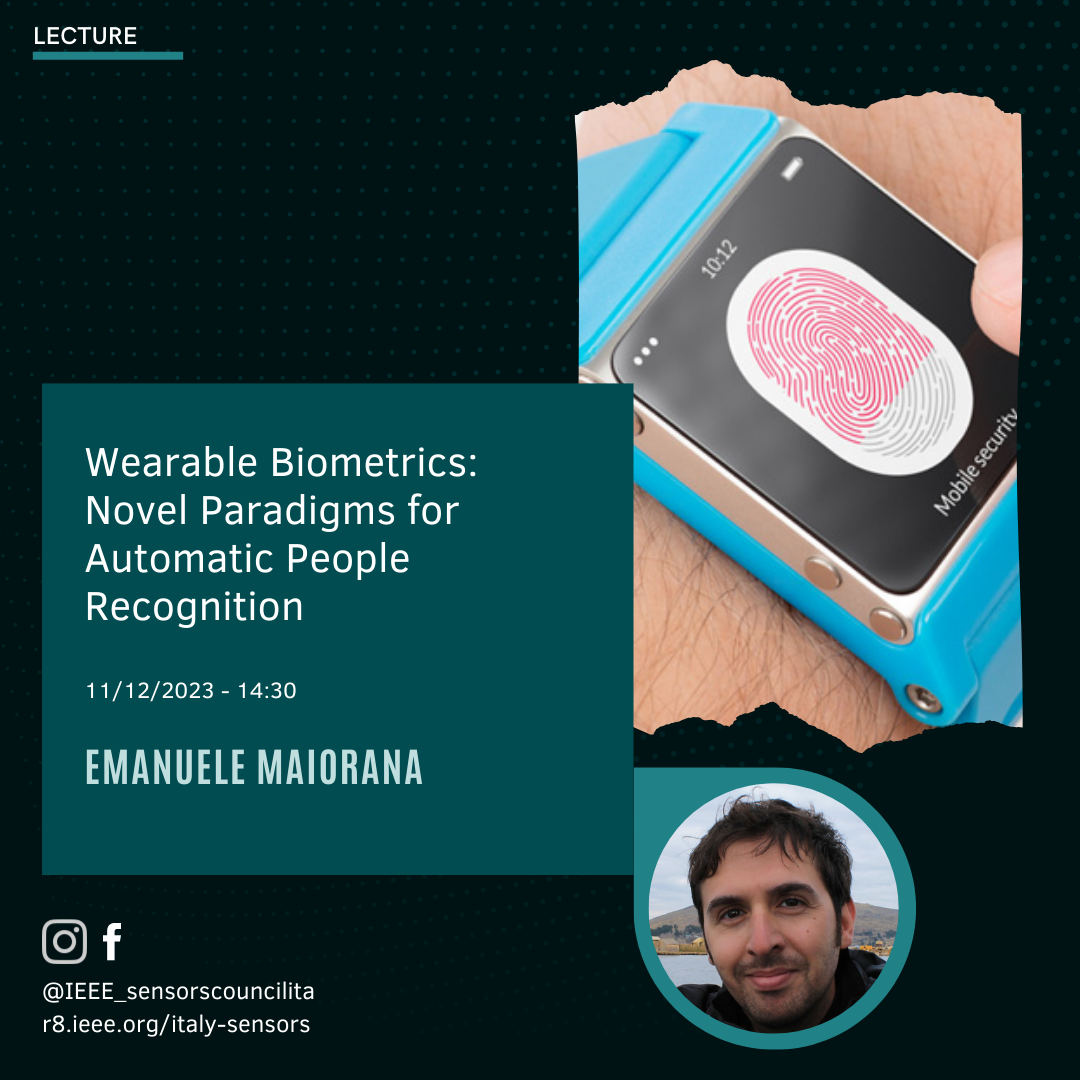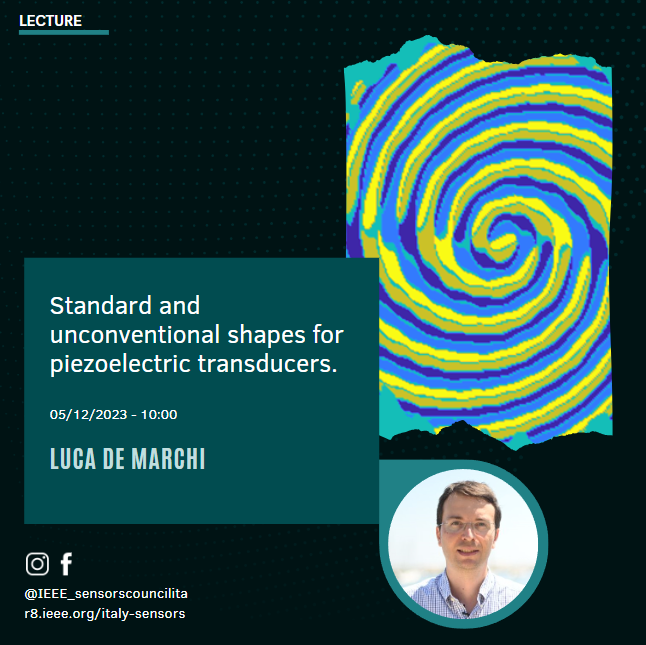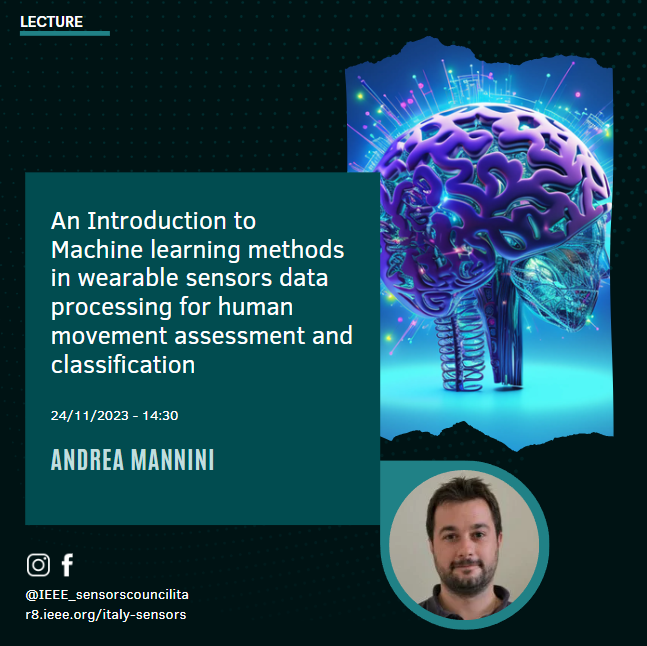Terahertz Sensing Technology
Lecture in presence (@University of Naples Parthenope) and on line
The illustrious history of terahertz (THz) imaging and sensing is nearly 50 years long. During this time, photonic and electronic THz technology has developed a lot, but it has not been able yet to bridge the famous THz gap between electronic and photonic devices. In the THz range of frequencies, a low photon energy (smaller than the room temperature thermal energy) makes the development of efficient THz lasers to be a challenge. And the cutoff frequency and maximum frequency of operation of field effect and bipolar transistors struggles to reach one THz. TeraFETs – short-channel Si CMOS, SOI, FINFETs, GaAs-based and GaN-based HEMTs – operating in a new “plasmonic” regime – form unit cells of such plasmonic crystals. TeraFETs have the potential to become a dominant THz electronics technology. Deep submicron Si CMOS TeraFET circuits could support THz sensing, which is the key to a dramatic cost reduction of the THz technology deployment.
Many theoretical and modeling papers and a few experimental papers have revealed the enormous potential of the TeraFET plasmonic crystal technology. Reaching this potential requires understanding of new counterintuitive physics of TeraFET plasmonic crystals. This physics involves the propagating, decaying, or growing waves of the electron density – plasma waves” – similar to water and sound waves driven by wind.
THz sensing technology has found applications in industrial controls, the detection of biological and chemical hazardous agents, biology, medicine (including cancer diagnostics), detection of mines and explosives, providing security in buildings, airports, and other public spaces, radioastronomy, space research, and hardware cyber security (detecting tampered with or defective VLSI non-destructive and with or without bias).
Short bio:
Dr. Michael Shur is Patricia W. and C. Sheldon Roberts Professor of Solid State Electronics at Rensselaer Polytechnic Institute and co-founder of Sensor Electronics Technology, Inc., and Electronics of the Future, Inc. He is a Life Fellow of the US National Academy of Inventors, IEEE, APS, ECS, Optica, SPIE, and a Fellow of AAAS, IOP, and IET. His awards include IEEE and IET Awards, Tibbetts Award for Technology Commercialization, Senior Humboldt Research Award, RPI Research Awards, Best Paper Awards, and St. Petersburg Technical University and the University of Vilnius Honorary Doctorates. He is an IEEE EDS and IEEE Sensors Council Distinguished Lecturer and a Foreign Member of the Lithuanian Academy of Sciences.
Accelerometer For Space Applications
Starting from the science space application of ISA and HAA accelerometers, which are in flight onboard Bepicolombo and JUICE spacecraft respectively, the instrument and sensor architectural design, electronic and state of the art related technologies will be described. Furthermore, highlights on future technological developments, some other space applications and future space missions will be outlined.
Massimiliano Pecora massimiliano.pecora@thalesaleniaspace.com
Giovanni Alberici giovanni.alberici@thalesaleniaspace.com
Flexible Electronics To See Deeper and Feel Better
Printing with solution-processable materials is a versatile approach that can lead to devices that are economical and easily reconfigurable. Here we present the design and additive processing of polymeric materials to achieve optoelectronics and soft sensors for human-computer interfaces. We will discuss three example use cases, including sensors for infrared imaging that enable deeper penetration depth, a biomechanical tool for motor disorder diagnosis, and structural supercapacitors for energy storage. The presentation aims to summarize the key challenges and future opportunities of integrating polymer electronics in human-computer interfaces for various remote sensing applications such as in telemedicine and internet-of-things sensor networks.
Tse Nga Ng is a Professor in the Electrical and Computer Engineering Department and affiliated with the Materials Science Program at University of California San Diego (UCSD). She received her B.S. in chemistry from Knox College and M.S. and Ph.D. degree in physical chemistry from Cornell University. She started her career at Xerox Palo Alto Research Center, prior to joining UCSD in 2016. Dr. Ng is a Fellow of the National Academy of Inventors, recipient of the NSF Mid-Career Advancement Award, and appointed as a Distinguished Lecturer by the IEEE Sensors Council. She is currently an Associate Editor for the journals Flexible Printed Electronics and IEEE Journal on Flexible Electronics and serving on the editorial board of ACS Applied Electronic Materials.
Her lab website is http://flexible-electronics.ucsd.edu/
Wearable Biometrics: Novel Paradigms for Automatic People Recognition
Thanks to their ability to monitor physical activity and health-related parameters, wearable devices are becoming nowadays more and more popular. In addition to what they already offer, an interesting capability achievable through such devices is biometric recognition. The physiological traits recorded by wearable devices may in fact possess distinctive properties which could allow to recognize their legitimate users, and detect unauthorized usage. In this talk, we will discuss the most recent advances accomplished in this field, and analyze the current state of the art, as well as the related open issues. Systems relying on traits such as photoplethysmogram (PPG), electrodermal activity (EDA), and seismocardiogram (SCG) will be detailed as illustrative examples.
Standard and unconventional shapes for piezoelectric transducers
Piezoelectric transducers can be used to measure changes in acceleration, pressure, strain, and to generate and sense sounds and ultrasounds. They come in a variety of shapes and sizes, depending on their intended application. Common shapes and sizes of piezoelectric elements are: discs, rings, plates, cylinders, hemispheres, or concave lenses.
The transducers can also have different electrode patterns which are applied to the surfaces of the piezoelectric material and are used to polarize it to give it its piezoelectric properties. An example is the one of Interdigitated transducers which are devices that consist of two interlocking comb-shaped arrays of metallic electrodes deposited on the surface of a piezoelectric substrate, to form a periodic structure.
It is also possible to shape the electrodes to achieve the capability of steering the ultrasonic beam by simply controlling the central frequency of the actuated pulse. Some realizations of these Frequency-steerable transducers will be presented, together with their potential application for the implementation of low hardware complexity inspection systems, and ultrasonic communications.
Machine learning methods in wearable sensors data processing for human movement assessment and classification
Wearable sensors can provide a huge vocabulary of information for quantified self and personal healthcare management. In addition, such data acquisition thanks to personal devices is practically unconstrained in terms of spatial (everywhere) and temporal (long lasting monitoring) viewpoints. As a result, the use of wearables jointly with machine learning methods is emerging in the last decade as the elective strategy for early detection of pathological conditions and for the monitoring of healthcare status. In this scenario, movement analysis through magneto-inertial measurement units is currently playing a major role. In this webinar, after overviewing some of the solutions of research in this field, the applicability of machine learning methods in specific problems for clinical movement assessment through wearables will be reported.
Past Events
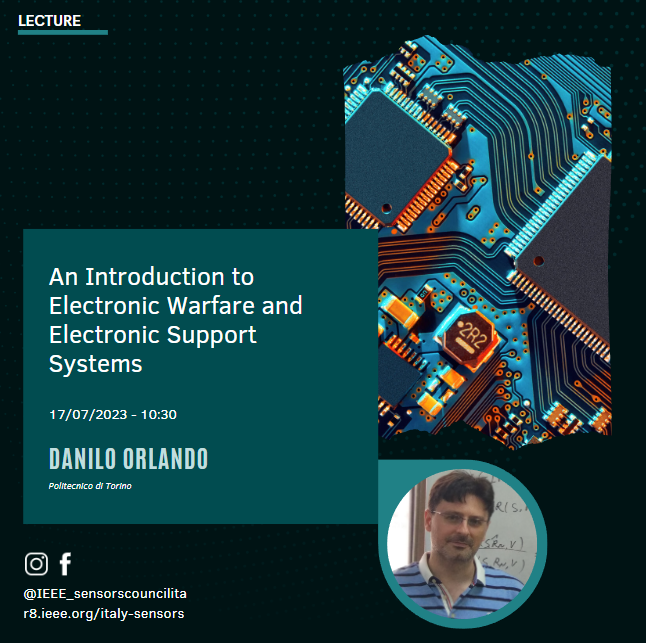
An Introduction to Electronic Warfare and Electronic Support Systems
In the first part of this talk, an overview covering the basic terms, definitions, and concepts Electronic Warfare (EW) is provided by describing the different EW subfields. Generally speaking, EW techniques are aimed at denying an enemy the benefits of the electromagnetic spectrum (EMS) while preserving the EMS use for friendly forces. EW techniques are also conceived to prevent enemy attempts from interfering with the use of the ESM by friendly forces. The operating and system aspects are properly highlighted and framed in situations of practical interest. The second part of this lecture focuses on a specific EW subfield, i.e, the Electronic Support (ES) that creates an electromagnetic picture of the environment. Otherwise stated, ES is the listening part of EW. ES is necessary to collect information about the signals emitted by enemy radars before effective countermeasures are taken to contrast them. The lecture focuses on ES system components from antennas up to receivers.
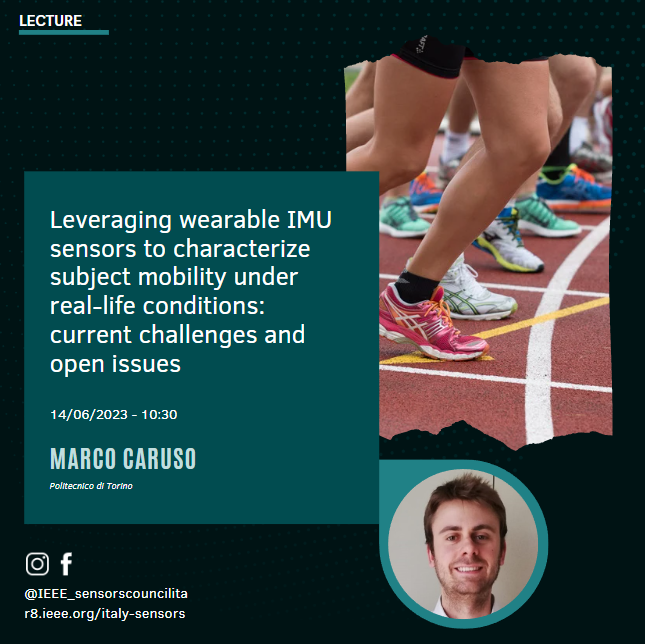
Leveraging wearable IMU sensors to characterize subject mobility under real-life conditions: current challenges and open issues
Instrumented movement analysis is central for the evaluation of mobility. To capture the usual performance of individuals in their daily activities, Inertial Measurement Units (IMUs) present a highly promising option compared to traditional laboratory equipment that restricts movement within a confined space. However, IMUs integrating accelerometers and gyroscopes do not yield direct measurements of the desired clinical parameters (e.g., gait speed, joint angles), necessitating sophisticated data processing techniques to obtain these metrics. It follows that the accuracy of the computed parameters is heavily influenced by the IMU measurements errors which should be consciously addressed to prevent errors from accumulating over time. This talk explores the impact of IMU error propagation on the typical pipelines used to extract relevant biomechanical quantities and suggests benchmark tests to quantify the magnitude of both deterministic and stochastic errors affecting the IMU signals.
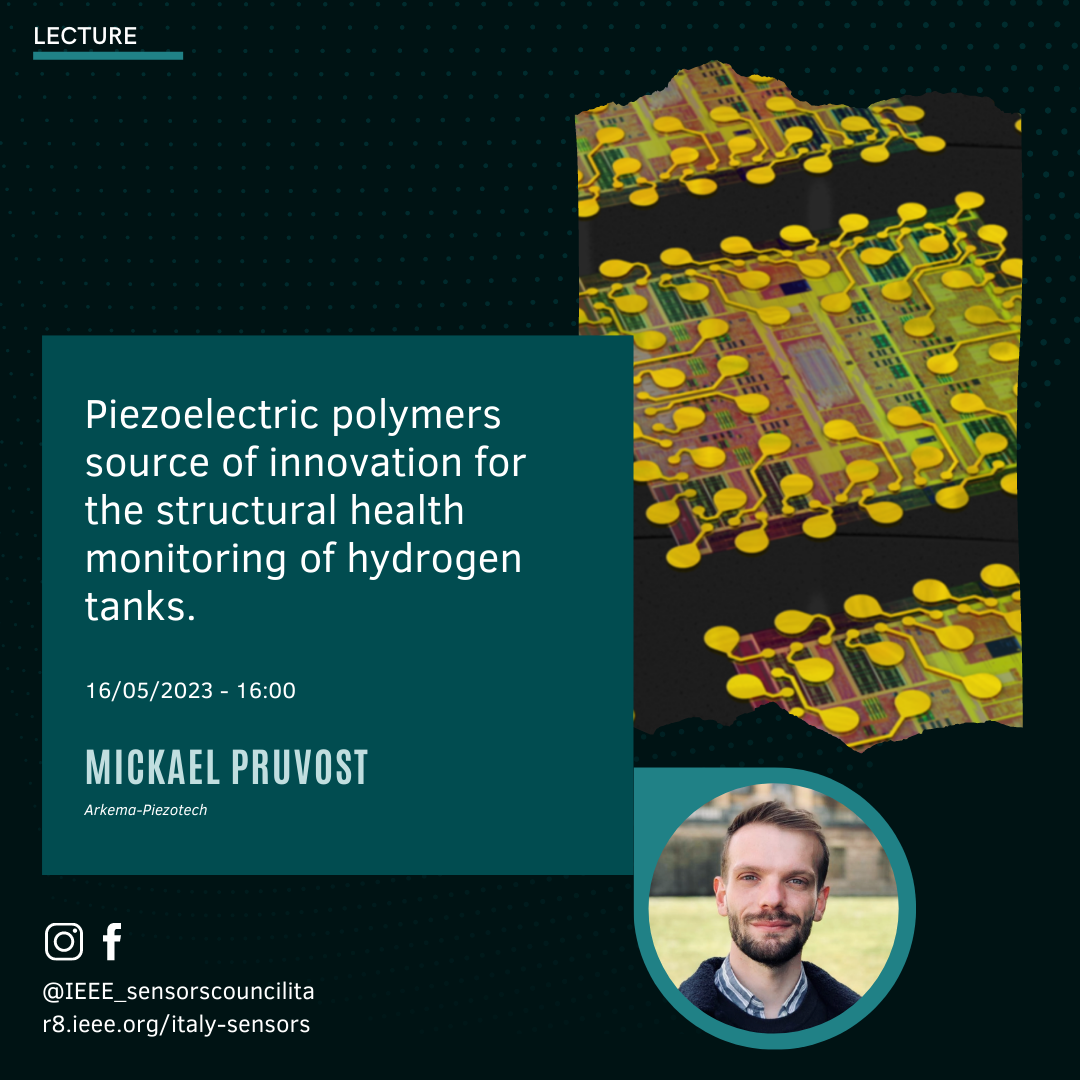
Piezoelectric polymers source of innovation for the structural health monitoring of hydrogen tanks
Arkema is a global specialty chemicals company and France’s leading chemical producer. Since 2010 and the acquisition of Piezotech, the Arkema group has been devoting a continuous effort to the development of electroactive fluoropolymers (Piezotech®) for organic, flexible and printed electronics. Piezotech® products have commercial applications in sensors (smartphones, acoustics, smart buildings), actuators (haptic devices) or dielectrics for transistors. In recent years, Arkema has conducted R&D programs to develop new technologies for thermoplastic composites, particularly for the hydrogen market. Hydrogen tanks are necessary for new vehicles to move towards cleaner mobility. Type IV tanks (polymer liner entirely wrapped in a fiber-resin composite) are perfectly adapted to this challenge because they offer an unmatched strength-to-weight ratio.
However, in order to be qualified and to ensure the total confidence and safety of the driver, the tanks must be able to be controlled at any time because many defects or events can occur during their life (cracks, fiber breaks, delamination, impacts etc.). Piezotech piezoelectric polymers (P(VDF-TrFE)) have remarkable potential for monitoring the structural health of hydrogen tanks: high sensitivity to acoustic waves, deformatiod and temperature. They are used in acoustic detection to identify cracks, impacts or in ultrasonic sensors to generate waves and then detect the differences in propagation, thus allowing a fine analysis of the structure.
Compared to standard piezoelectric ceramics, P(VDF-TrFE) sensors can be mounted on curved surfaces because they are flexible. Also, due to their polymeric nature, they can be integrated into the core of composite tanks and can be printed on large surfaces. The absence of toxic and non-recyclable heavy metals, their light weight and low energy consumption make them the materials of choice for the intelligent tanks of tomorrow.
The presentation will focus on the properties of piezoelectric polymeric materials, their characteristics and examples of concrete implementation in the continuous monitoring of hydrogen tanks.
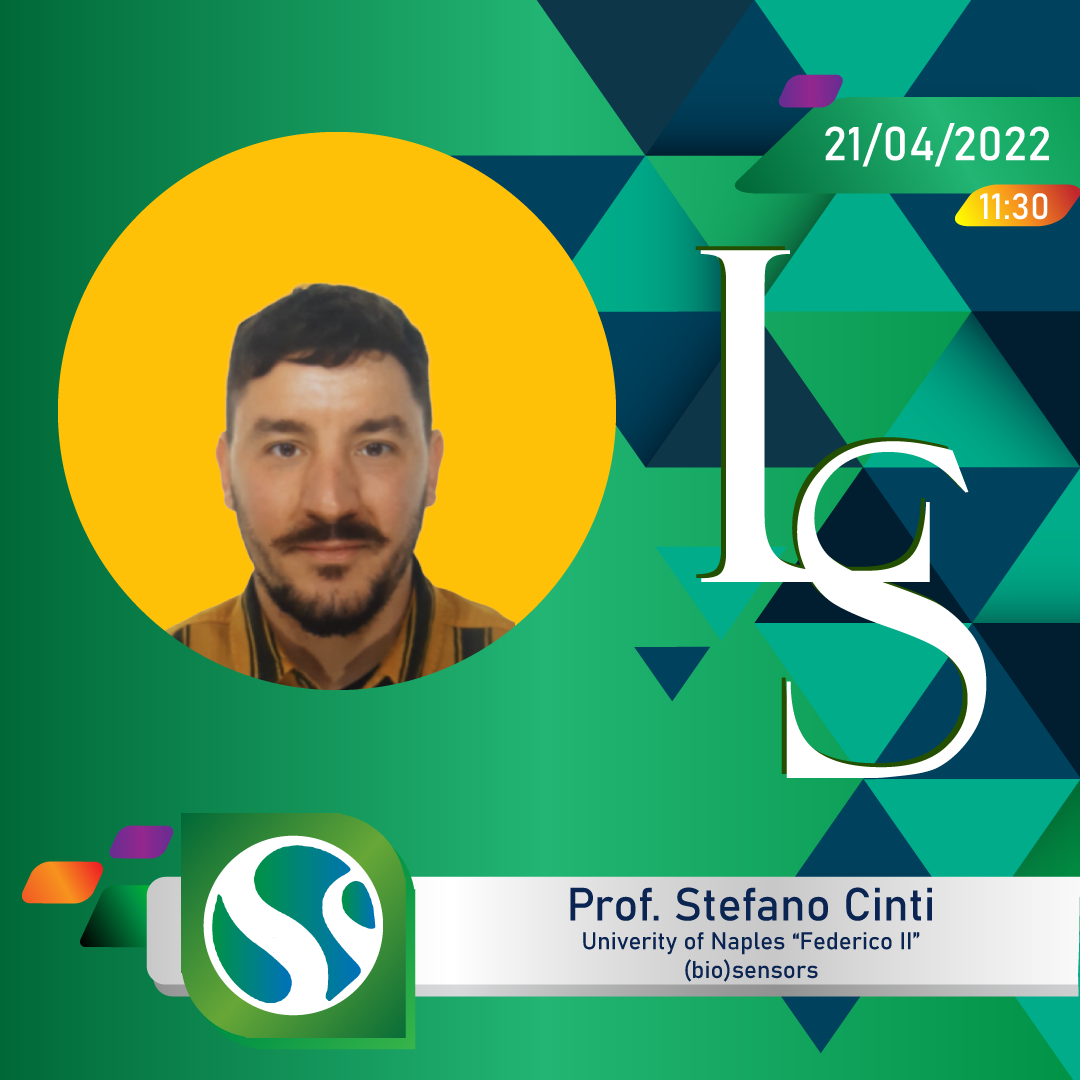
Paper-based substrates for novel electrochemical and optical (bio)sensing
Abstract
In recent years, paper-based analytical tools have attracted a great deal of attention; the well-known properties of paper, such as abundance, affordability, lightness, and biodegradability, combined with features of printed electrochemical sensors, have enabled the development of sustainable devices that drive (bio)sensors beyond the state of the art. Depending on analytical requisites, different types of paper (filter, office) and configurations (1D, 2D, 3D) can be adopted. A wide overview regarding application ranging from DNA to heavy metals, through pesticides detection will be provided. The talk is aimed to provide general basis regarding the development of smart electrochemical and optical strips for multiple applications. The main question from non-experts is: which kind of support should I use? The best answer is “it depends”!
Biosketch
Stefano Cinti is Associate Professor of Analytical Chemistrty at the Department of Pharmacy, University of Naples “Federico II”. He leads the uninanobiosensors Lab (uninanobiosensors.com) and his research interests include the development of Electrochemical (bio)sensors, Paper-Based devices and Nanomaterials. During his research activity, he had the opportunity to spend period abroad in Finland, UK, USA, Germany and Spain. He published 60 papers on peer-reviewed journals, with a H-index of 28 and >2600 citations. Among all the prizes and certificates, in 2019 he has been named Best Young Researcher in Analytical Chemistry (by the Italian Chemical Society) and he has been inserted in World’s Top 2% Scientists (Stanford University). He coordinates the Chemical Cultural Diffusion group of Italian Chemical Society. He is the Chair of AMYC-BIOMED, a multi-disciplinary conference for young chemists in the biomedical sciences. He is very active in communicating science to non-specialized audience through TV shows, radio and magazine.
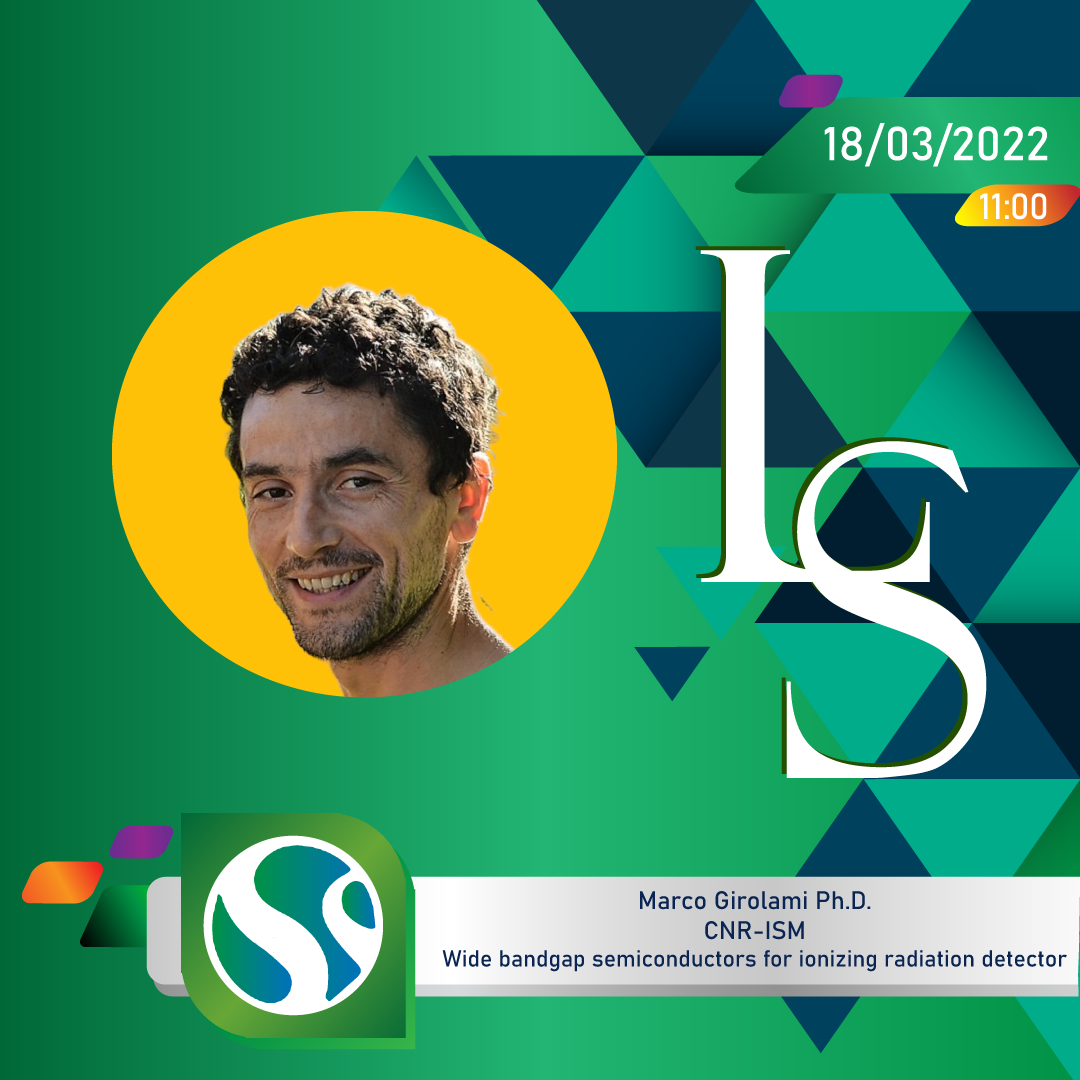
Wide bandgap semiconductors for ionizing radiation detectors
Abstract
Solid state detectors for ionizing radiation based on conventional
semiconductors (Si, Ge) with moderate energy bandgap (< 2 eV) suffer
from poor radiation hardness and low reliability when operating in harsh
environments. Wide bandgap semiconductors (WBS), namely a class of
semiconductors with energy bandgap > 2 eV (e.g. SiC, Ga2O3, diamond),
may overcome these limitations, ensuring operation even under high
radiation fluxes and in extreme conditions. The lecture aims at
illustrating the reasons why WBS can make the difference in the field of
radiation and particle sensing devices.
The first part of the lecture is intended to give a brief overview of
the most interesting properties of WBS, whereas the second part is
focused on a case study: 3D diamond detectors fabricated by femtosecond
laser writing, which have been recently proposed for the innermost
tracking detectors in ATLAS and CMS experiments at CERN.
Biosketch
Marco Girolami received the Ph.D. in Electronic Engineering from
Università degli Studi Roma Tre in 2011. Since 2012, he has been with
CNR-ISM (Consiglio Nazionale delle Ricerche, Istituto di Struttura della
Materia), where he currently works as a research technologist at
DiaTHEMA (Diamond, Thermal & Harsh Environment Materials & Applications)
lab. His research is mainly focused on the design, fabrication and
characterization of solid-state detectors based on wide-bandgap
semiconductors and perovskites for ionizing radiation (X-rays,
gamma-rays) and nuclear particles (alpha, beta, neutrons), as well as on
the development and testing of the related low-noise front-end
electronics. Other research activities include bulk and surface
nanostructuring by femtosecond laser of different materials for
applications in the field of solar energy conversion, quantum
information, and life science.
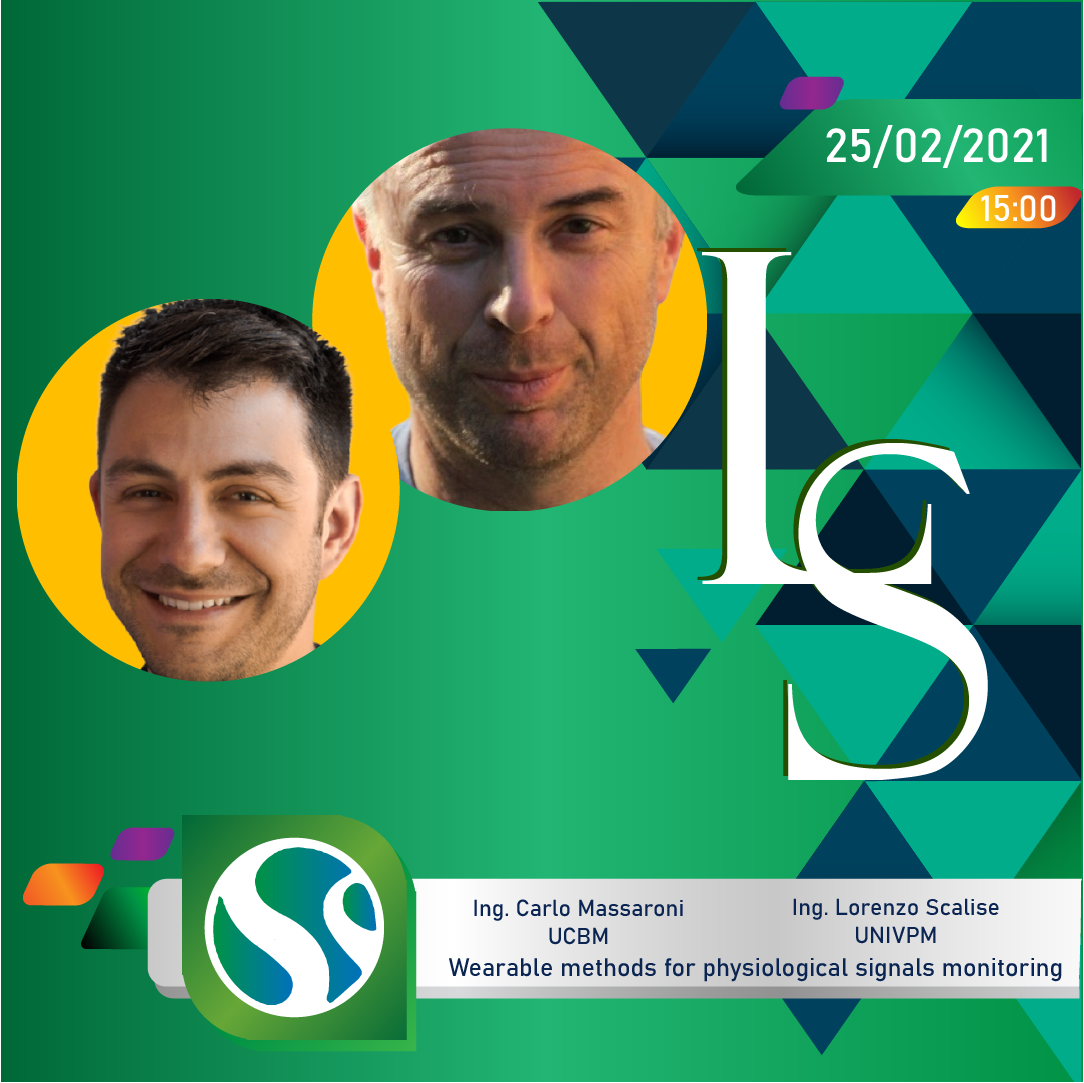
Wearable methods for physiological signals monitoring
Abstract
Many physiological parameters can be measured in humans. In the last two decades, researchers have been working on the measurement of these parameters with different scopes: application in e-health systems, m-health monitoring, wellness, etc. This lecture will focus on available wearable methods and possible applications, such as, monitoring of the cardio-respiratory activity, measurement of skin temperature, emotional state, body movement. Sensing solutions are mostly based on the use of optical and electrical sensors, electromagnetic probes, electrochemical transducers. However, whatever is the technology used, it is of outmost importance to consider the importance of measurement artifacts and uncertainty.
Biosketch
Lorenzo Scalise holds a MSc in Electronic Engineering (1996) and a PhD in Measurement Techniques (1999). He is Associate Professor in Measurement Techniques at Marche Polytechnic University, Italy. He is lecture of biomedical instrumentation and applied measurement techniques for the M.Sc. course on biomedical engineering. He has been visiting researcher at Twente University (NL) in 1999 investigating the measurement of intra-vascular blood velocity with a novel laser-based, fiber optic sensor. He has a solid expertise on sensors and measurement methods with a special attention to the biomedical field. His research interests are: measurement techniques, wearable sensors, biomedical instrumentation, assistive technologies, e-health, and optical sensors. He is senior member of IEEE and author of more than 200 publications in scientific journals and conference proceedings.
Carlo Massaroni received the B.Sc. and M.Sc. degrees in Biomedical Engineering from Università Campus Bio-Medico di Roma (Italy) in 2010 and 2012, respectively. Then he received the Ph.D. degree in Bioengineering from the Università Campus Bio-Medico di Roma (Italy) in 2017. Currently is Assistant Professor at the Departmental Faculty of Engineering, Università Campus Bio-Medico di Roma. His research interests are in the field of wearable sensors for cardiorespiratory monitoring, physical activities and biomechanical measurements, as well as in the field of characterization of sensors, systems and materials. He is Chair of the TC Wearable Sensors at the IEEE Sensors Council Italy Chapter from 2019. He is Associate Member of the TC on Wearable Biomedical Sensors and Systems of the IEEE Engineering in Medicine and Biology (EMB) Society, Member of the IEEE SA P1752 Standard for Mobile Health Data, and Editorial Board Member of Wearables Section in MDPI Sensors Journal.
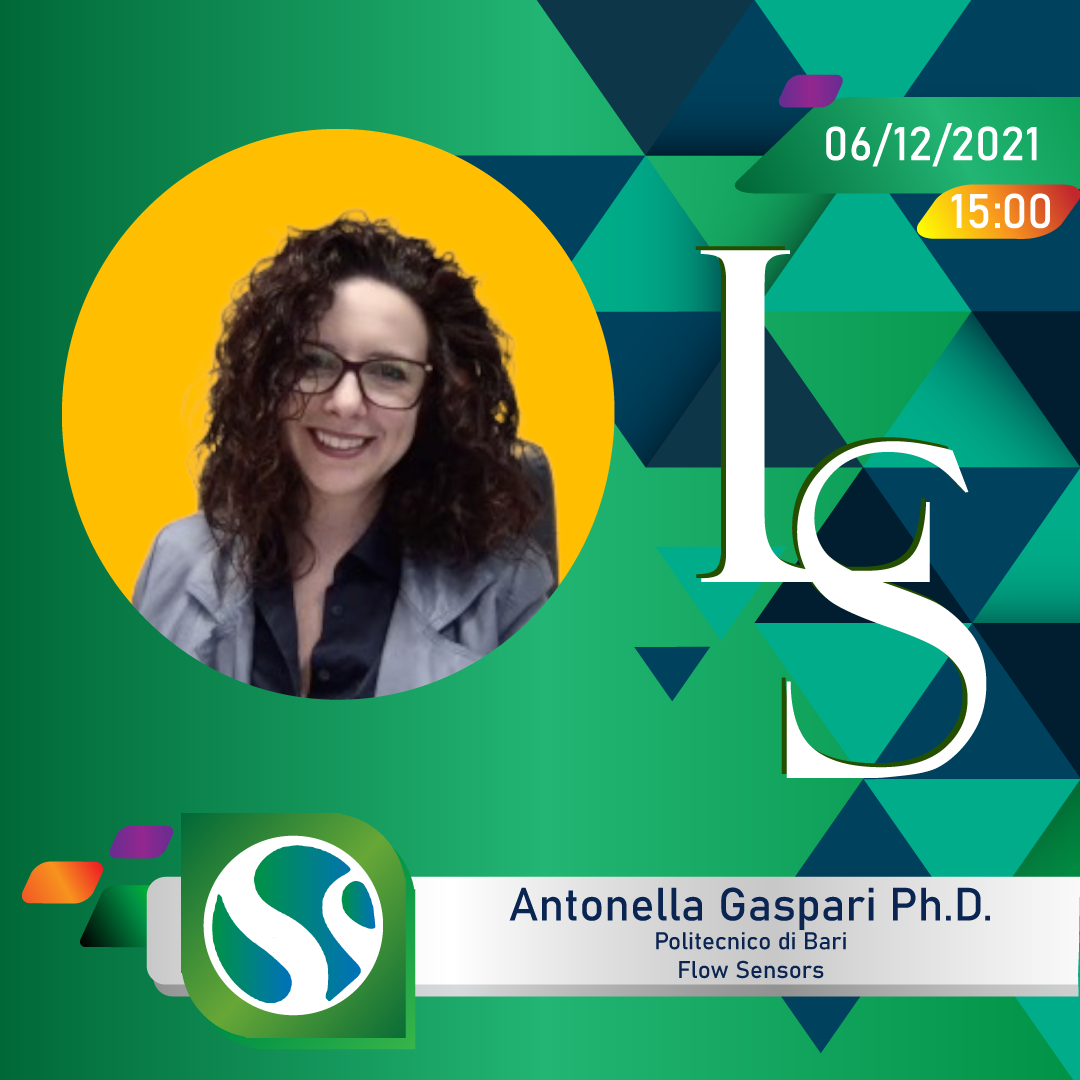
Validation of measurements within complex systems: a suggestion to manage the informative flow
Abstract
With the emergence of new technologies and tools (e.g. Artificial Intelligence, Business Intelligence, Big data analytics, Data Mining), the way to approach the modern industrial and social scenario necessarily sees a change of direction. Measurement is to be understood as a long process through which information flows. The management of uncertainty along this flow can be an element of trustworthiness. The seminar focuses on the application of the measurement theory to the complex situation in exam, where many aspects should be taken into account simultaneously. Many difficulties have to be faced and solved mostly concerning instrumental, methodological, organization and cultural aspects, which are inherently interdisciplinary. A methodology based on the uncertainty evaluation, can be used as an engineering tool for problem solving and decision-making, especially in those contexts where the multi-disciplinary need is particularly stressed.
Biosketch
Antonella Gaspari graduated in Management Engineering at University of L’Aquila, in 2012. At the same University, in 2016, she obtained her Ph.D. in Mechanical, Energetic and Industrial Engineering. In 2014, she spent a study period at Fraunhofer IPK (Berlin, Germany), managing a research project for sensor-based condition monitoring applications. Since 2021 she is Assistant Professor at Politecnico di Bari, in mechanical and thermal measurements and systems. Her main research activities concern the following topics: energy and product/process quality measurements and management systems in industrial scenarios; vibration and acoustic emission measurements for condition monitoring of tool machines; development of tools for experimental data processing and measurement-based decision-making activities.
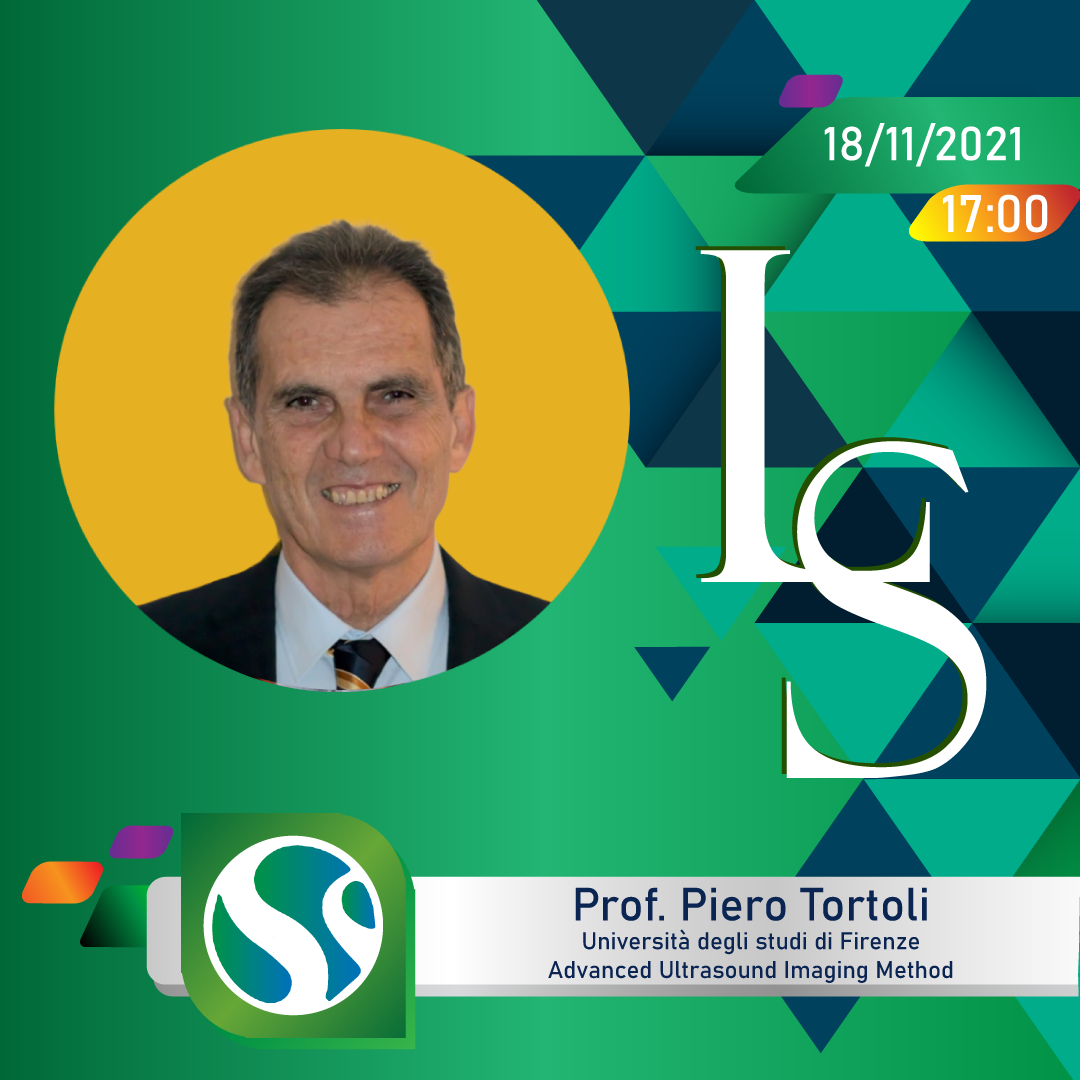
Advanced ultrasound imaging methods
Abstract
Ultrasound echography is nowadays widely used for the non-invasive diagnosis of several diseases, especially cardiovascular diseases. In this seminar, after a brief review of the main “historical” contributions reported in this field, the architecture of modern equipment will be described, and it will be shown how such architecture leads to the formation of images. The characteristics of the so-called “open scanners” will also be illustrated. The role played by such scanners for the advancement of research, favoring the development of advanced methods that allow the formation of thousands of images per second and the scanning of entire volumes in real-time, will finally be discussed.
Biosketch
Piero Tortoli received the Laurea degree in electronics engineering from the University of Florence, Florence, Italy, in 1978. Since then, he has been on the faculty of the Information Engineering Department, University of Florence, where he is currently a Full Professor of electronics and was an elected member of the Academic Senate. He is leading a group of about ten researchers in the Microelectronics Systems Design Laboratory. His research interests include the development of open ultrasound research systems and novel imaging/Doppler methods. On these topics, he has authored more than 300 articles. Dr. Tortoli is a fellow of the IEEE and AIMBE Societies, the “Docteur Honoris Causa” of University Claude Bernard Lyon, and a Honorary Member of the Polish Ultrasound Society. He has been serving on the IEEE International Ultrasonics Symposium Technical Program Committee since 1999 and is currently an Associate Editor of the IEEE Transactions on Ultrasonics, Ferroelectrics, and Frequency Control. He chaired the 22nd International Symposium on Acoustical Imaging in 1995 and the 12th New England Doppler Conference in 2003, and established the Artimino Conference on Medical Ultrasound in 2011 and organized it again in 2017.
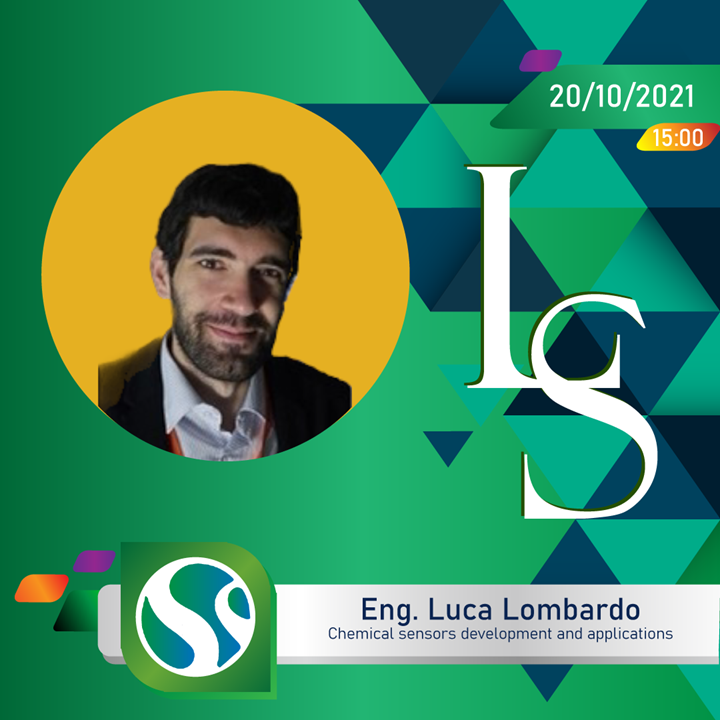
Chemical sensors for biomedical applications
Abstract
The availability of effective, low-cost and non-invasive diagnostic instrumentation is extremely important in the biomedical field due to the growing necessity of quick and effortless early diagnosis of several pathologies. In this framework, chemical sensors represent a safe and virtually non-invasive way to assess the presence of a pathology by detecting abnormal concentrations of specified biomarkers. The lecture will firstly give a brief summary of the sensing technologies currently employed in the biomedical field. Then, the discussion will focus on the metal-oxide conductometric gas sensors, introducing their basic sensing principles and discussing their advantages and drawbacks. Finally, some practical case study will be presented including details on sensor manufacturing and the metrological characterization of its sensing performance.
Biosketch
Luca Lombardo (Member, IEEE) was born in Italy, in 1986. He received the B.D. and M.S. degrees in Electronic Engineering from the University of Messina, Messina (Italy), in 2014 and 2016, respectively. He received the Ph.D. degree in Metrology in 2019 from Politecnico di Torino, Torino (Italy). Currently, he is research fellow with the Department of Electronics and Telecommunications at Politecnico di Torino, Torino (Italy). His research interests include the development and the characterization of innovative sensors, embedded systems and instrumentation in the fields of environmental monitoring, biomedical and metrological applications.
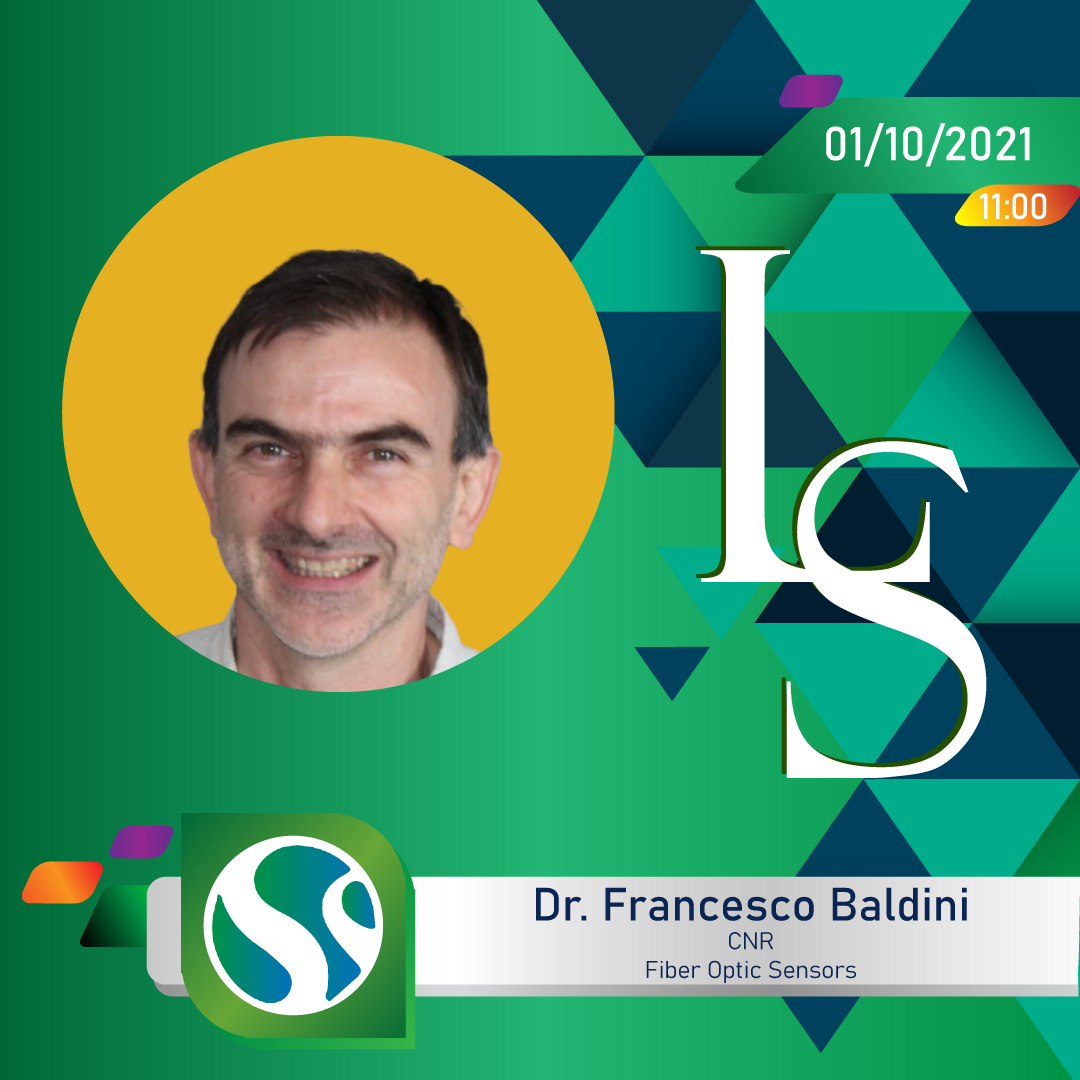
Chemical and biochemical sensing meet optics: a successful marriage in biomedical applications
Fiber Optic Sensors
Abstract
Optics play a fundamental role in the development of biosensors for medical applications. In recent years, the demand from doctors has grown enormously for devices capable of measuring chemical and biochemical parameters of clinical interest in a reasonably short time and sufficiently compact, or better transportable, to be placed near the patient’s bed. In the case of necessity, the use of optical fibers can also lead to invasive continuous measurements within the human body, thanks to their invasive capabilities and unique performance that have allowed measurements inside the human body otherwise impracticable. A view from the past to the future will be given with particular attention to the new trends.
Biosketch
Francesco Baldini graduated in physics from the University of Florence magna cum laude in 1986. He joined immediately the Institute of Electromagnetic Wave of CNR in Florence (now named Institute of Applied Physics). His activity has been mainly devoted to the development of optical platforms and sensors for chemical and biochemical sensing. He is author of more than 200 publications in International Journals and delivered plenary and invited talks at many international conferences. He is/was responsible of many international and national projects in the field and in 2009 he was nominated fellow of SPIE for “his achievements in biological and chemical sensing in biomedicine”. He was President of the Italian Society of Optics and Photonics for the biennium 2015-2016
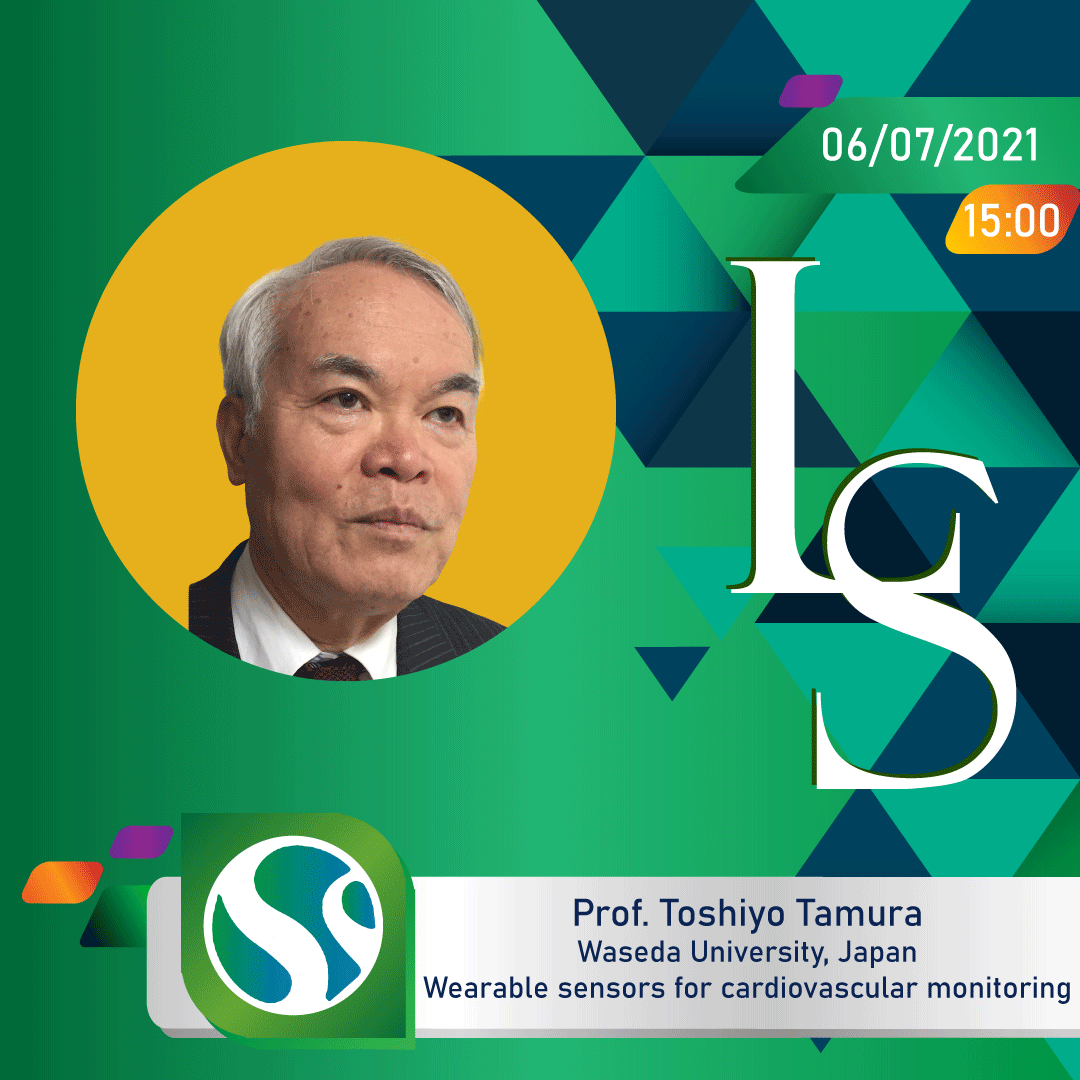
Wearable sensors for cardiovascular monitoring
Wearable Sensors
Abstract
One of the most popular wearable devices is a pulse rate (PR) monitor using photoplethysmography (PPG), which was first introduced in the late 1930s as an optical and non-invasive method used to detect volume changes in blood vessels. PPG provides information on the cardiovascular system, particularly pulse and respiratory rates. Currently, cardiovascular disease is the most morbidity-related disease following cancer. Blood pressure plays an especially important role in maintaining health. Applying PPG technology, cuffless blood pressure monitor has been attempted worldwide because of its wearability, easy to handle and low cost. In this presentation the wearable cardiovascular monitors are reviewed, and possibility of clinical practice are discussed.
Biosketch
Dr. Toshiyo Tamura (S75-M81-SML15) received his Ph.D. from Tokyo Medical and Dental University in 1980. He is currently a Visiting Professor, Future Robotics Organization, Waseda University, Japan. His research interests include biomedical instrumentation, biosignal processing, telemedicine telecare, home care technology and rehabilitation engineering. His and his colleagues’ book entitled “Biomedical sensors and instruments” and “Seamless healthcare monitoring” are popular textbooks for bioinstrumentation and medical devices. He also wrote several chapters including sensors for telemedicine and application of wearable inertia sensors. He has served as a chair of the Asian Pacific representative for the IEEE/EMBS from 2000 to 2004. He is fellows of IAMBE and Japanese Society of Medical Electronics and Biological Engineering.
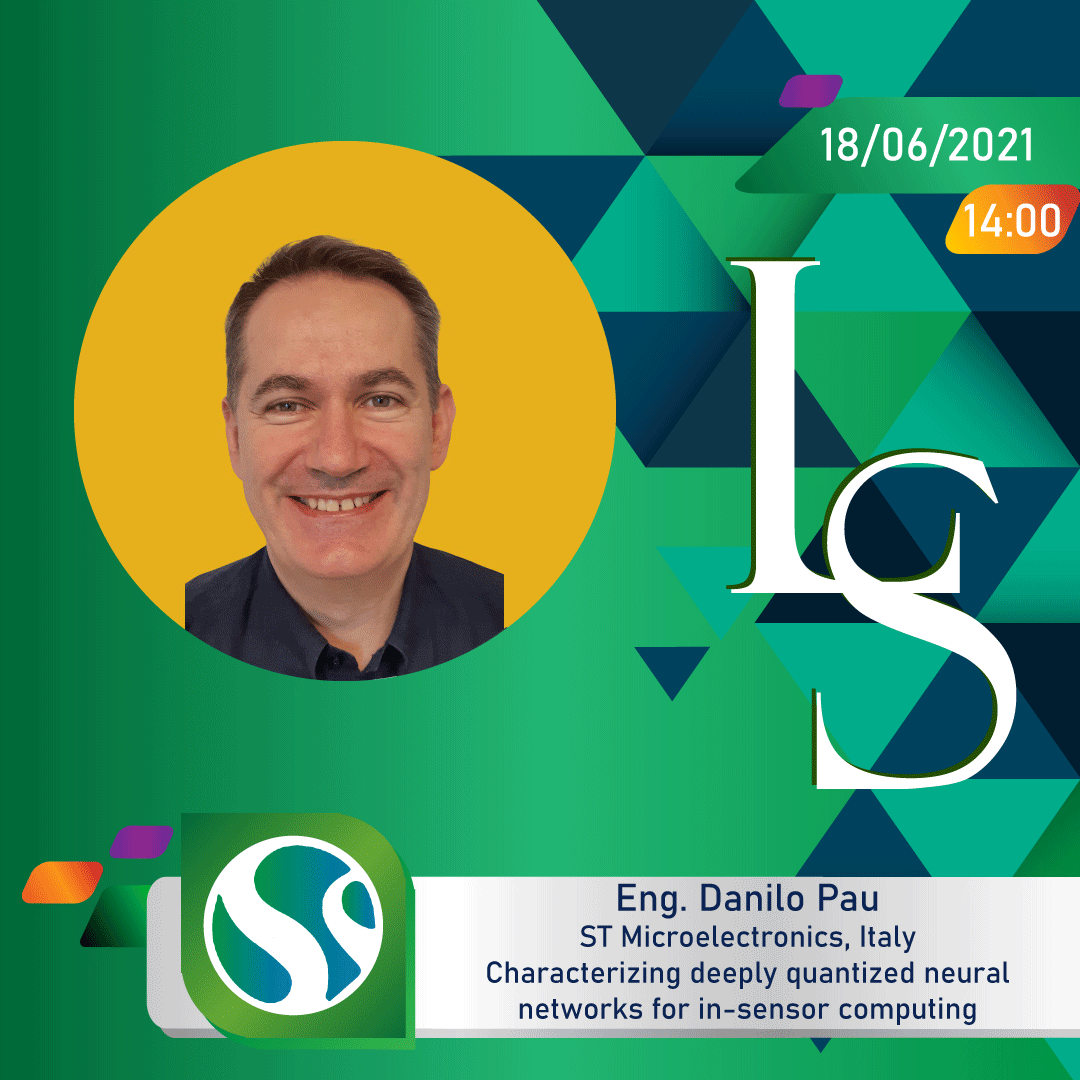
Characterizing deeply quantized neural networks for in-sensor computing
Smart Sensors and Edge Computing
Abstract
Balancing storage and computing capabilities, accuracy, anomaly detection and modelling design is a real challenge when implementing Artificial Neural Networks on ultra-low power devices such as microcontrollers. Deeply Quantized Neural Networks (DQNNs) offer the most promising solution to these requirements, however, current state-of-the-art microcontrollers are not yet able to exploit its advantages. The design of custom energy efficient hardware accelerators therefore represents the most viable approach in terms of energy efficiency, especially with respect to in-sensing neural computing. The result is a novel quantized Neural Network model, or Hybrid Neural Network, able to achieve accuracies as high as 99% when classifying daily human activities from MEMS inertial sensors. Its custom ultra-low power hardware circuitry for the real-time execution of the Hybrid Neural Network is presented with CMOS technologies and implemented with a Field-programmable gate array, including associated demo.
Biosketch
One year before graduating from the Polytechnic University of Milan in 1992, Danilo PAU joined STMicroelectronics, where he worked on HDMAC and MPEG2 video memory reduction, video coding, embedded graphics, and computer vision. Today, his work focuses on developing solutions for deep learning tools and applications. Since 2019 Danilo is an IEEE Fellow, serves as Industry Ambassador coordinator for IEEE Region 8 South Europe and Member of the Machine Learning, Deep Learning and AI in the CE (MDA) Technical Stream Committee IEEE Consumer Electronics Society (CESoc). With over 80 patents, 100 publications, 113 MPEG authored documents and 37 invited talks/seminars at various worldwide Universities and Conferences, Danilo’s favorite activity remains mentoring undergraduate students, MSc engineers and PhD students from various universities in Italy, US, France and India.
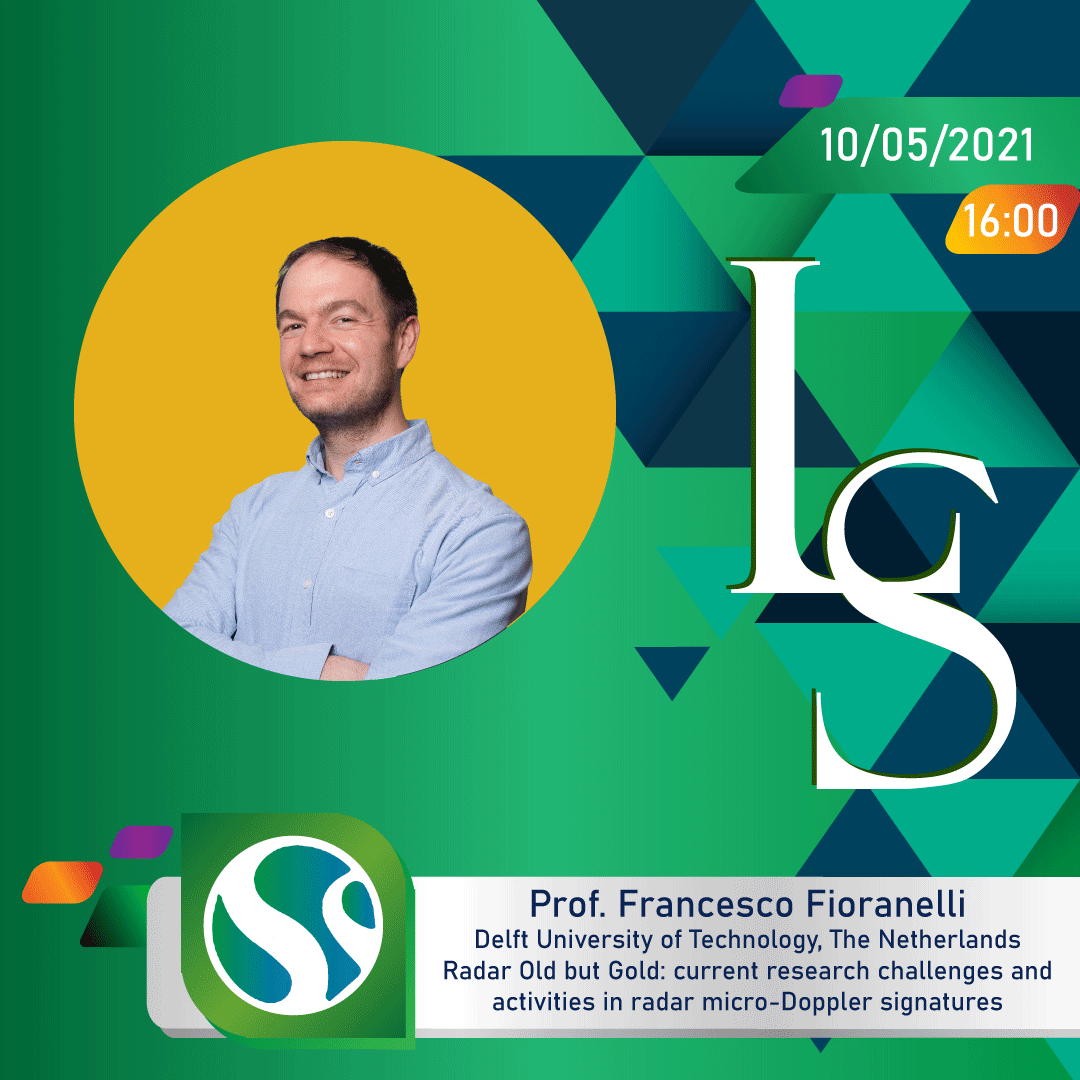
Radar Old but Gold: current research challenges and activities in radar micro-Doppler signatures
Microwave and Millimeter-Wave Radar Sensors
Abstract
The concept and characterisation of radar micro-Doppler signatures have been around for some time in the research community, but they remain powerful source of information that can be exploited for many applications under the framework of radar-based target recognition. Advances in computational capabilities and in algorithms that enhance the intelligence of the radar system have recently refuelled interest in micro-Doppler signatures, or more in general in radar data used as all kinds of inputs to machine learning and deep learning algorithms. The talk aims to provide a quick introduction to micro-Doppler signatures and present examples of techniques that use them in several applications, mostly for the characterisation of human movements and drones.
Biosketch
Francesco graduated in Telecomm Engineering (summa cum laude) at the Università Politecnica delle Marche, Ancona, Italy for his Bachelor (2007) and Master (2010). He received his PhD on through-wall radar imaging at Durham University, UK, in January 2014. He then worked as a Research Associate on multistatic radar at University College London between February 2014 and March 2016, and as a Lecturer at the University of Glasgow between April 2016 and October 2019, where he established the radar research theme (5 PhD students, 2 PDRAs, about £550k of funding) in collaboration with Dr Julien Le Kernec, within the Communication, Sensing & Imaging (CSI) group led by Prof Muhammad Imran. He is currently an Assistant Professor at TU Delft in the MS3 (Microwave Sensing Signals & Systems) section led by Prof Alexander Yarovoy, where he is daily supervisor of 6 PhD candidates for a project portfolio of over €1M. Francesco is a Senior Member of the IEEE, member of the IET, Chartered Engineer (CEng), Fellow of the UK Higher Education Academy (FHEA), a reviewer for a number academic journals and funding bodies, and author of over 100 publications including the recent edited book on “Micro-Doppler Radar and Its Applications” published by IET-Scitech in 2020.



